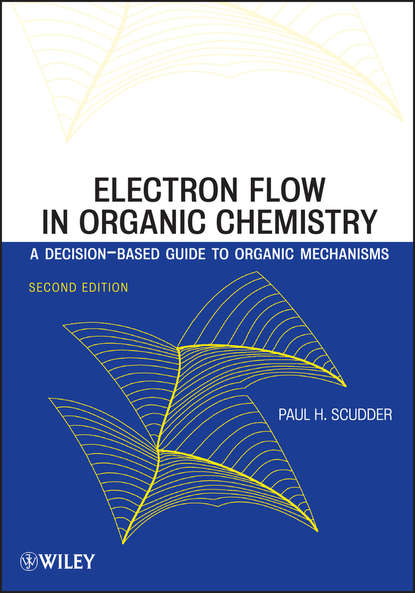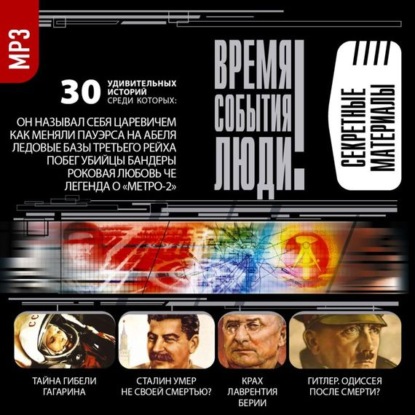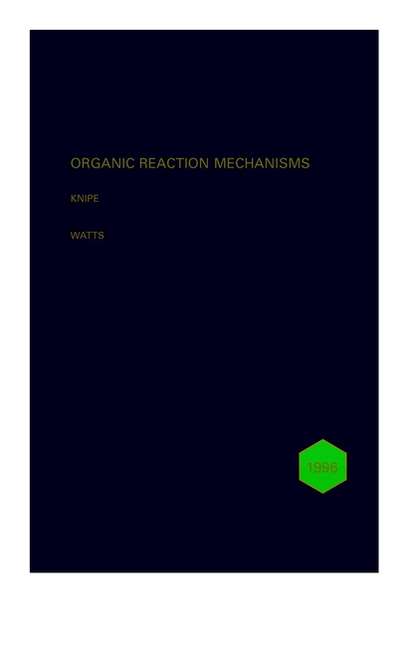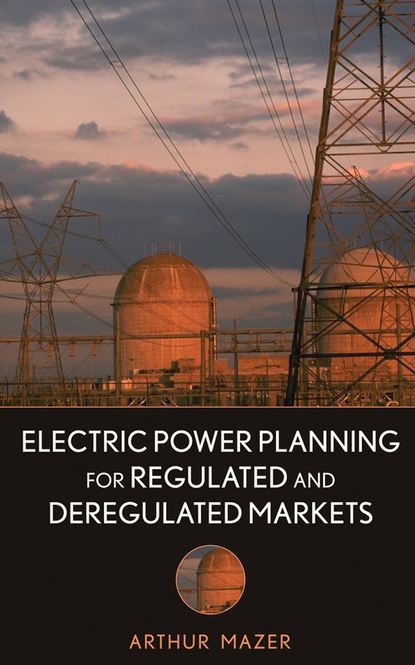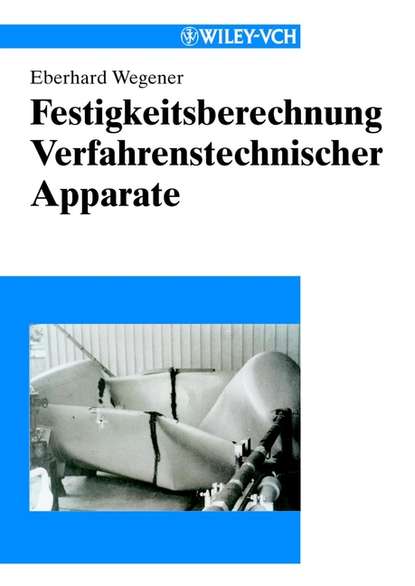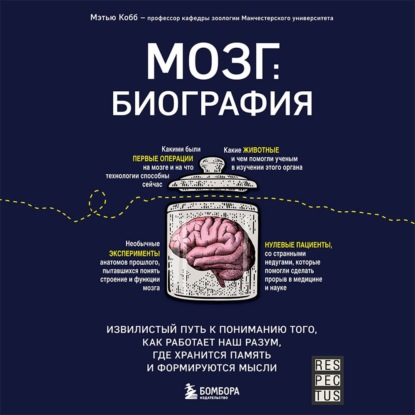Книга "Electron Flow in Organic Chemistry. A Decision-Based Guide to Organic Mechanisms" представляет собой руководство для анализа и решения задач в области органической химии. Она использует свой подход, основанный на логических процессах, чтобы развить у читателей критическое мышление, необходимое для анализа и решения сложных задач в органической химии. Автор разбивает общие механизмы органических процессов на их основные единицы, чтобы объяснить основные пути электронного потока, лежащие в основе этих процессов. Кроме того, в книге подчеркивается использование аналитических инструментов, таких как схемы потока, матрицы корреляции и поверхности энергии, чтобы новички в органической химии могли понять основы на более глубоком уровне.
В этом издании, втором, книга была тщательно пересмотрена, переорганизована и упрощена в ответ на отзывы студентов и преподавателей. Читатели найдут больше схем потока, матриц корреляции и алгоритмов, иллюстрирующих ключевые процессы принятия решений шаг за шагом. В книге также представлены новые примеры из области биохимии, что делает ее более актуальной для широкого круга читателей в области химии, биологии и медицины. В этом издании также добавлены три новые главы: "Передача протона и принципы стабильности", "Важные типы реакций" и "Качественная молекулярная орбитальная теория и перициклические реакции".
В приложении книги есть множество полезных инструментов, включая общую библиографию, таблицы и схемы для быстрого доступа, краткие суммарные таблицы, а также гид по принятию основных решений. Благодаря своему акценту на логических процессах, а не на запоминании, чтобы решать механистические проблемы, эта книга дает читателям прочный фундамент для решения любой проблемы в органической химии.
This book offers the tools readers need to solve organic chemistry problems and foster critical analysis skills. Content is arranged around core levels of decision making as readers confront mechanistic organic problems ranging from simple ones to complex ones. The book’s decision-bound methodology makes it ideal for students and science instructors alike. In this new edition, readers can appreciate more step-by-step illustrations, biochemistry examples, as well as three new sections focusing on proton transfer, reaction archetypes, and qualitative molecular orbital theories. As an appendix, there is the added benefit of more resources for students to research, including a helpful appendix.
Электронная Книга «Electron Flow in Organic Chemistry. A Decision-Based Guide to Organic Mechanisms» написана автором Paul Scudder H. в году.
Минимальный возраст читателя: 0
Язык: Английский
ISBN: 9781118355015
Описание книги от Paul Scudder H.
Sets forth the analytical tools needed to solve key problems in organic chemistry With its acclaimed decision-based approach, Electron Flow in Organic Chemistry enables readers to develop the essential critical thinking skills needed to analyze and solve problems in organic chemistry, from the simple to complex. The author breaks down common mechanistic organic processes into their basic units to explain the core electron flow pathways that underlie these processes. Moreover, the text stresses the use of analytical tools such as flow charts, correlation matrices, and energy surfaces to enable readers new to organic chemistry to grasp the fundamentals at a much deeper level. This Second Edition of Electron Flow in Organic Chemistry has been thoroughly revised, reorganized, and streamlined in response to feedback from both students and instructors. Readers will find more flowcharts, correlation matrices, and algorithms that illustrate key decision-making processes step by step. There are new examples from the field of biochemistry, making the text more relevant to a broader range of readers in chemistry, biology, and medicine. This edition also offers three new chapters: Proton transfer and the principles of stability Important reaction archetypes Qualitative molecular orbital theory and pericyclic reactions The text's appendix features a variety of helpful tools, including a general bibliography, quick-reference charts and tables, pathway summaries, and a major decisions guide. With its emphasis on logical processes rather than memorization to solve mechanistic problems, this text gives readers a solid foundation to approach and solve any problem in organic chemistry.
